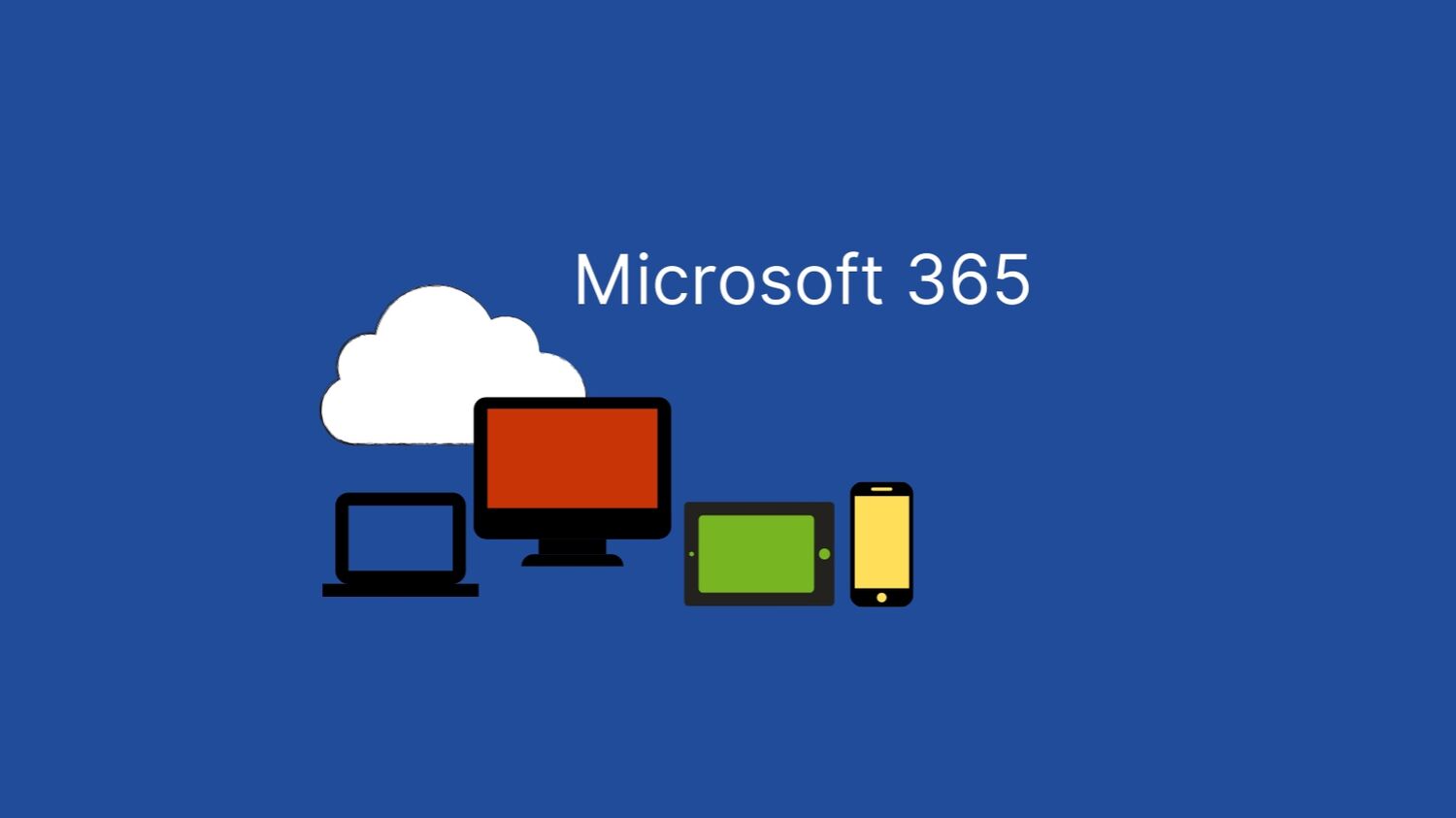VDI is a proven solution for IT Managers that are trying to lock down IT security when enabling a remote workforce.Allowing employees to work from home raises IT security concerns for organizations, but business owners and IT Managers that turned to VDI during the coronavirus pandemic found VDI to be a game changer. VDI solves many of the challenges business owners and IT Managers have encountered while trying to enable a remote workforce, including how to keep remote users productive, business data safe and controlling IT costs.
What is VDI
Virtual Desktop Infrastructure is a technology used to create a virtual desktop image that runs on a virtual machine (VM) hosted on a centralized server either on premise or in the cloud. Instead of installing business software locally on each user's computer, an image is created that includes the operating system and the business apps needed by a user or group of users.
The purpose of VDI is to allow users to get access to their desktop and apps anytime from anywhere so they can be productive whether they are in the office, working from home or any remote location while providing IT the control it needs to manage the user experience and protect business data. To access their virtual desktop, the user simply needs an internet connection and because the operating system is installed on the desktop image, users can connect to the virtual desktop using any device, regardless if it is a PC, Mac, thin client, iOS or Android. The user experience is often equal to or better than working on physical desktops, and VDI allows IT departments to control the security of business data.
VDI can deliver a personalized experience to each user by customizing the application delivery, security and controls based on their role or group. Administrators create a “golden image” which serves as a template when spinning up new virtual desktops. A different golden image can be created for each user, which is called a Persistent VDI, or for groups of users which is called Non-Persistent VDI, or non-persistent desktops.
Persistent VDI:
- The user receives a unique desktop customized for them
- They receive the same desktop at each logon
- Users can save their changes to their desktop
- The user experience is almost identical to a traditional desktop experience
- All applications and data remain exactly as the user left them on the desktop regardless of the endpoint device
- More expensive for IT to support
Non-persistent VDI (Concurrent Desktops)
- The user receives a desktop without unique user and session information
- A new VDI image is delivered each time a user signs in
- No user data or changes are ever saved within the desktop
- Once a user disconnects from the desktop, it is wiped and returned to the original state
Nonpersistent VDI workloads are the best option when many users need to be supported because IT has a minimal number of master images to maintain and secure. This is much simpler for IT teams than managing a complete virtual desktop for each user with Persistent VDI.
What are the Benefits of VDI?
VDI is a proven technology that is an ideal solution for many organizations, some of the key benefits include:
Flexibility to Keep Remote Users Productive
Virtual desktops allow employees to access applications and documents from multiple devices, including physical desktops, laptops, tablets, and smartphones. This increases productivity by allowing workers to access necessary data from anywhere. As a result, whether employees are at working from home, at the office or travelling internationally, a virtualized desktop allows them to be productive in any environment. Users no longer have downtime if their devices are having technical issues, they can simply log in from another device and continue working because the data was not stored locally. VDI gives businesses that want to allow users to work on personal devices the ability to put controls in place to allow them to do so securely. BYOD, or Bring Your Own Device allows users to use their device of preference to access VDI as long as they have internet access. This allows users to have the same experience whether they work from their smartphone, laptop, Apple, Windows, or thin-client device. Giving people more flexibility in how they work is the best way to increase productivity.
Reduced Costs by Simplifying IT Management
Centralized IT management streamlines processes and enables changes to be implemented across the entire environment at once. The ability to deploy patches, new versions of applications and security updates on a central image instead of deploying to physical machines individually reduces the amount of time spent by IT staff having to troubleshoot hardware and software issues. A desktop for a new employee can be spun up in minutes, reducing new employee set up time by several hours and gets them working productively fast. When an end user device fails, or is lost or stolen, the data is not lost or compromised since data is not stored on the device’s hard drive. The user just needs to login from a different device and continue working with no downtime whatsoever.
Consistent company-wide technology makes end-user computing environments more secure, reliable, and easier to support. Simplified management and security of apps, devices, users, and networks allows IT to deliver the best user experience to all employees. Implementing a BYOD policy provides an opportunity to reduce hardware expenses, and in a fully managed VDI environment referred to as DaaS (Desktop as a Service), organizations can eliminate the costs of purchasing and maintaining servers by hosting with a third party.
Enhanced Data Security and Compliance
VDI deployments provide organizations with a means to regain control of their business data by storing all data on the virtual desktop which is hosted on centralized servers rather than on the end user device. By implementing controls to regulate the users’ ability to copy, download or transfer data from the virtual desktop, Admins can use VDI to prevent data from being lost or compromised even if the endpoint is lost, stolen or the employee is terminated. VDI also allows the company to designate company approved applications that users can download or block the installation of new applications all together. Since VDI provides the option for a new corporate image to be delivered every time users logon, it can prevent viruses and malware from replicating to the core environment. VDI gives back control to the IT department to protect sensitive data.
Top Use Cases for VDI
VDI has proven to be effective for many situations, but is especially beneficial for these top use cases:
Work from Home and Remote Workforce
VDI facilitates sustained productivity when users work remotely or office access is impossible, they simply log into their remote desktop while on a business trip or client site and access the business applications they need.
- Users can work from home or anywhere in the world as if they are in the office
- VOIP Softphone, videoconferencing and collaboration apps can be installed on image
- The user experience is the same as if they were connected to the local network
- New employees can have a desktop preloaded with their required applications in minutes
- The organization controls security by centralizing storage of all business data and customizing use policies
- Faster IT troubleshooting for remote employees because everything is stored on a central image
- User experience is consistent regardless of device or location
Mergers and Acquisitions
Faster, easier tech-integrations to get all users onto a consistent platform quickly to assure productivity is a reason VDI makes a lot of sense for organizations going through mergers and acquisitions.
- Images can be customized for locations
- Virtual desktops can be deployed to users in minutes
- It does not matter if companies use Windows or Macs
- VDI can be accessed by users at any location, anywhere in the world
BYOD (Bring Your Own Device)
VDI provides the ability for organizations to implement policies that protect their business data, making is safe to allow BYOD. This can improve employee satisfaction and productivity while reducing hardware costs.
- Business data is stored on a central server, nothing is stored on the end user device
- Virtual desktops can block users from copying or downloading business data on to their personal device
- The ability to copy, download or transfer data to the user’s device can be blocked
- Data is not lost or compromised even if the endpoint is lost, stolen or the employee is terminated.
- A new corporate image delivered every time users logon prevents viruses and malware from replicating
- It does not matter if the user’s device is running Windows, Mac, iOS, or Android
- VDI allows users to work on more than one PC and maintain the same desktop across all devices
- Delivers secure access, even for environments that allow BYOD
Business Continuity/Disaster Recovery
Backing up business data is critical, but nearly impossible when data is stored on portable and even personal devices. Centralizing business data on servers at the data center or cloud allows organizations to control backup.
- Backups and replication of desktop images and data performed at data center
- No need to backup individual endpoints
- Backup interval requirements and needs can be customized
- If device is lost or stolen, there is no data loss, user simply logs in from new device
Interns, Independent Contractors, Seasonal Workers and Temporary workers
Instead of providing access to your corporate network to contractors and temporary staff, you can quickly spin up virtual desktops, then spin down when the project or their employment is complete.
- Quickly provision desktops from your desktop pools to allow users to be productive immediately
- Eliminate the need to wait for a laptop to be delivered
- IT staff never need to touch endpoints
- Applications and resources deployed directly to cloud desktop
VDI Platforms
VDI Client Software must be downloaded on to the endpoint device to carry out VDI sessions, and there are multiple VDI Platforms to choose from. The 3 top platforms that control the largest market share are:
VDI allows organizations to embrace new, modern ways of working while re-gaining control of the security of their business data. VDI makes IT Management more efficient, reduces costs, and makes IT departments more responsive to business needs. When the user experience is better, employees are empowered to achieve more and the entire organization wins.
If you are interested in learning more about VDI, or would like to talk to a VDI Expert, contact us at 877-843-5767, or email us at itsolutions@intellisuite.com.





